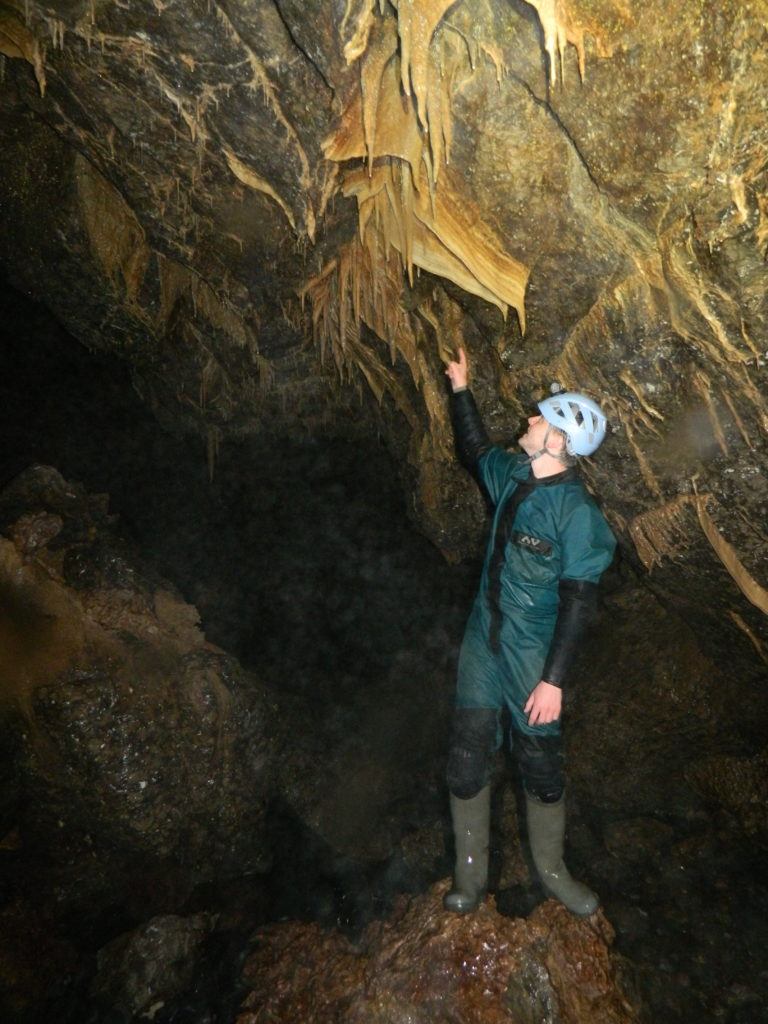
| Academic Year | 2020-2021 |
| dhatton02@qub.ac.uk | |
| Institution | Queen's University, Belfast |
Biography
School: School of Natural and Built Environment
Project: The impacts of Climate Change and extreme weather events on cyanobacteria blooms in lakes
Supervisors: Professor Helen Roe and Dr Alex Douglas
Undergraduate Education: BSc Geography, Queen’s University Belfast
Postgraduate Education: N/A
Research: This project will explore the complexities that are arising through the impacts of climatic change and extreme weather events on Cyanobacterial algal blooms (cyanoHABs) in lakes.
Cyanobacteria, a form of photosynthetic bacteria that can form blooms, were the first oxygen organisms to evolve 3.5 billion years ago, however their uncontrolled blooms can have disastrous impacts on ecosystems and have devastating economic implications for the water industry and recreational activities.
The secondary metabolites and cytotoxins produced by the bacteria can have the effect of polluting water supplies and killing animals. Some species of bacteria produce extra cellular cyanotoxins which can make drinking water dangerous to consume, posing a public health hazard and damaging ecosystems.
Human activities of increasingly mechanised agriculture has resulted in higher rates of nutrient runoff into drainage basins, which has had the impact of exacerbating and inducing cyanoHABs through nutrient loading of inorganic nitrogen, phosphorus and ammonium which has been shown to encourage the growth of cyanoHABs.
Additional research is necessary to understand the ramifications of climatic change upon cyanobacterial blooms. Changes in temperature, precipitation patterns and pressure gradients through climatic change have resulted in increased cyanobacterial growth. Higher temperatures induce higher growth rates, as well as stronger winds and storms redistributing surficial nutrient-rich sediments on lake beds. Finally, increased rates and intensities of precipitation can exacerbate surface runoff leading to increased nutrient loading rates within water bodies.
This project will provide valuable and relevant information to stakeholders in water and recreational industries, as understanding the ramifications of climatic change on cyanoHABS is important for developing a balance between economic and environmental sustainability.
Methods
High resolution sediment cores will be conducted to explore the history of water quality. This project will utilise geochemical, microfossil and palaeolimnological techniques as well as isotopic analysis to explore changes in water quality and its connection with climate data over the last 300 years. The research will be conducted in two regions affected by cyanobacteria, in the west of Ireland and in New Brunswick, eastern Canada.
Geographical information systems (GIS) and statistical approaches will be utilised to explore limnological and catchment variables to explore the controls of cyanobacterial blooms.
Other:
- Twitter: @hatton48





















































